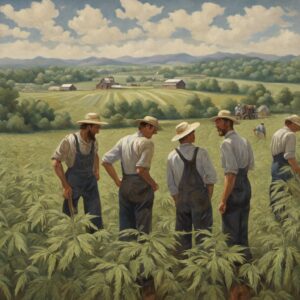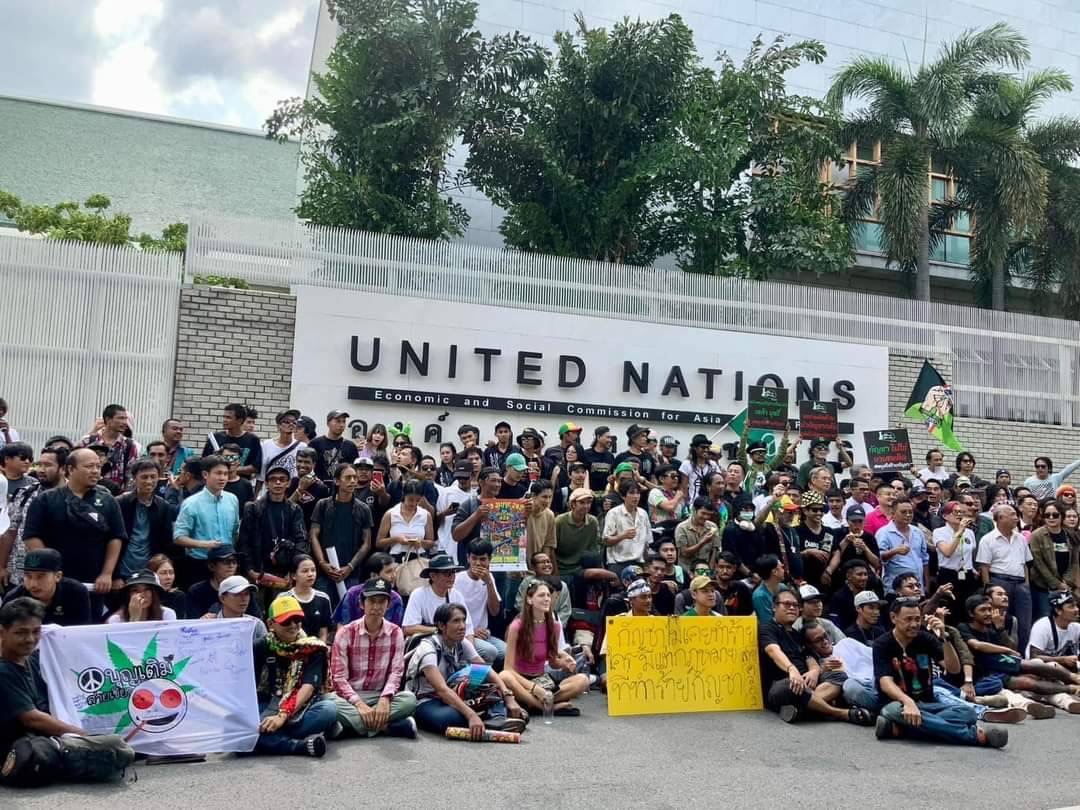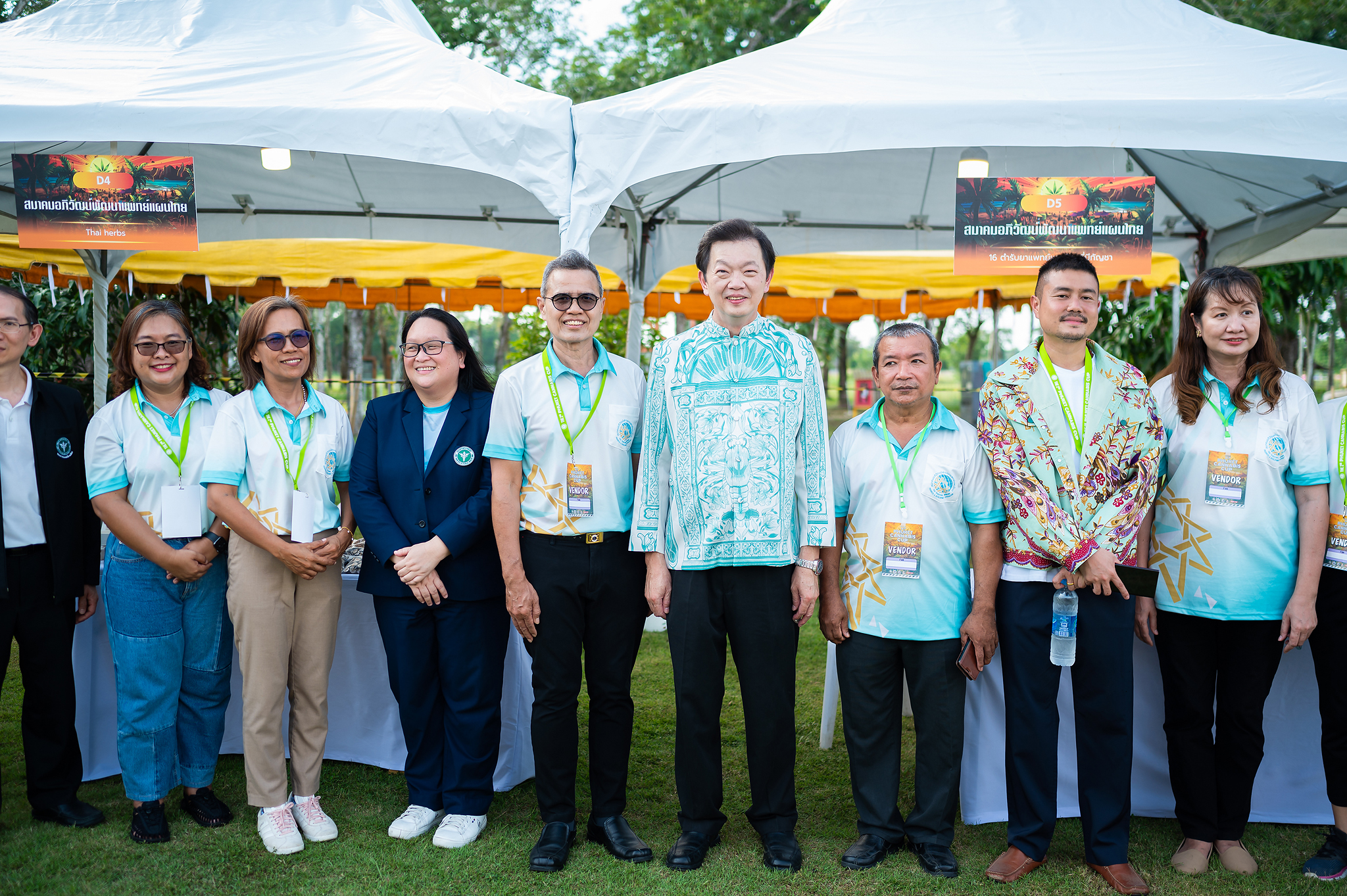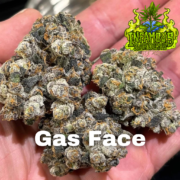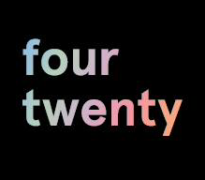During World War II, hemp played a vital role in supporting the war effort. The U.S. government recognized the importance of hemp and launched a campaign called “Hemp for Victory” to encourage farmers to grow as much hemp as possible. The campaign aimed to address the shortage of industrial fibers, such as jute and imported hemp, which were essential for making ropes, shoelaces, parachute webbing, and other military supplies.
One of the key initiatives of the “Hemp for Victory” campaign was a short propaganda film produced by the United States Department of Agriculture in 1942. The film, also titled “Hemp for Victory” was directed by Raymond Evans and featured a voice-over by Lee D. Vickers. Its purpose was to persuade farmers from the states of Kentucky and Wisconsin to shift their focus from maize to hemp cultivation.
The film highlighted the historical significance of hemp and its various uses. It emphasized that hemp had been grown for thousands of years in China and other parts of the East for making ropes and cloth. It also highlighted the importance of hemp in maritime activities, as hemp ropes and sails were used on ships that sailed the western seas.
In response to the government’s request, patriotic farmers planted 37,000 acres of seed hemp in 1942, marking a significant increase in hemp cultivation. The target for 1943 was set at more than 50,000 acres. The film emphasized that hemp production needed to be immediately increased as part of the war effort.
After the war, hemp cultivation faced restrictions and was prohibited in the United States. The government even denied the existence of the “Hemp for Victory” film for many years. However, in 1989, two copies of the film on VHS were donated to the Library of Congress by cannabis activists Jack Herer, Mia Farrow, and Carl Packard. This donation brought the film back into public awareness.
Today, the “Hemp for Victory” film is available for viewing and download from the National Archives. It serves as a historical document that showcases the importance of hemp during World War II and the efforts made to promote its cultivation. The film played a significant role in raising awareness among farmers and contributing to the war effort.
To learn more about the Hemp for Victory campaign during World War II, you can visit the following sources:
1. [Hemp for Victory – Wikipedia]: This Wikipedia page provides detailed information about the Hemp for Victory campaign, including the background, production of the film, and its impact.
2. [Hemp for Victory – Hash Marihuana & Hemp Museum]: This website offers insights into the Hemp for Victory film and its significance during World War II.
3. [Hemp For Victory (1942) – YouTube]: You can watch the full Hemp for Victory film on YouTube to get a firsthand look at the propaganda efforts during that time.
4. [1942 | Government Launches “Hemp For Victory” Campaign – Kentucky Hempsters]: This article provides additional information about the Hemp for Victory campaign and its impact on hemp cultivation in Kentucky during World War II.
